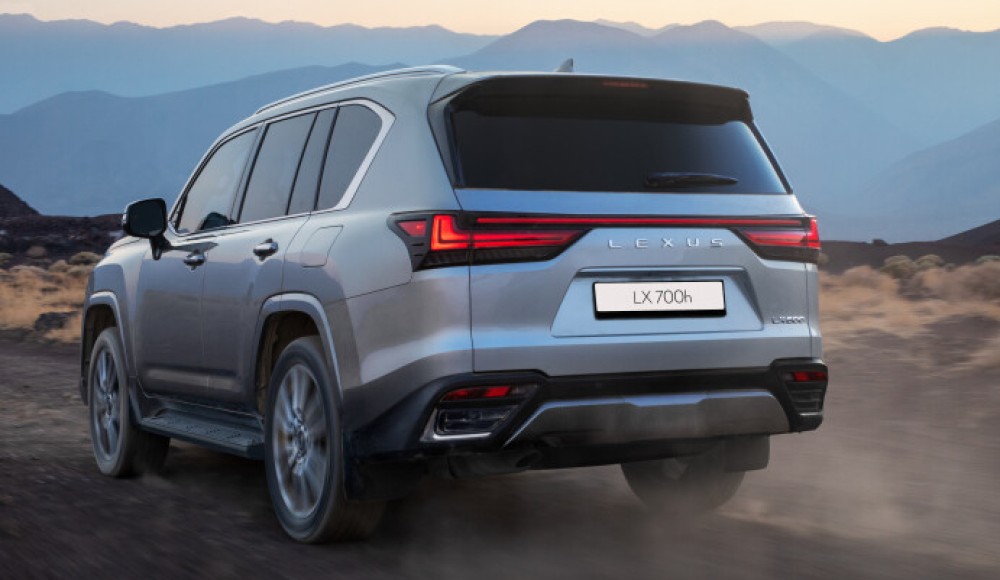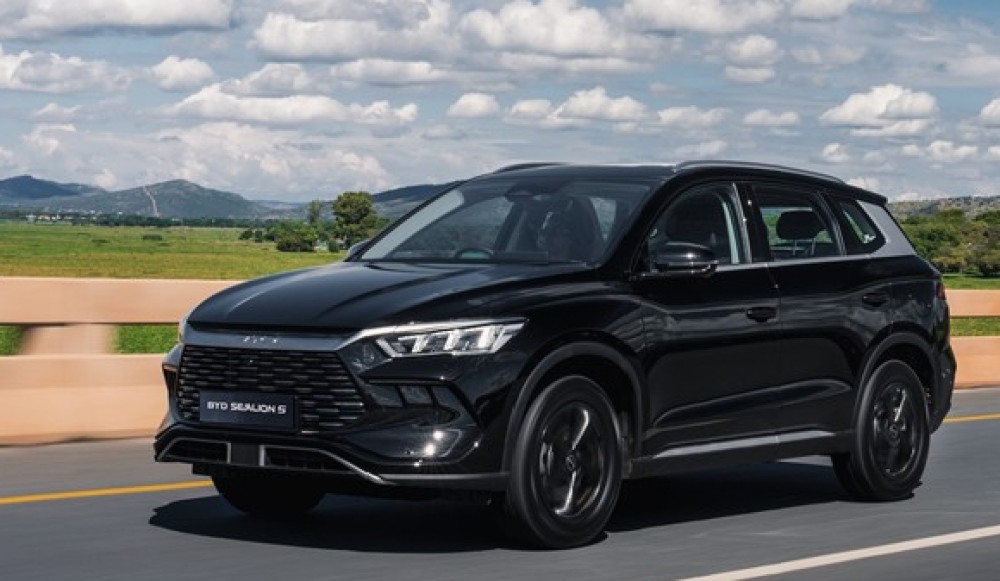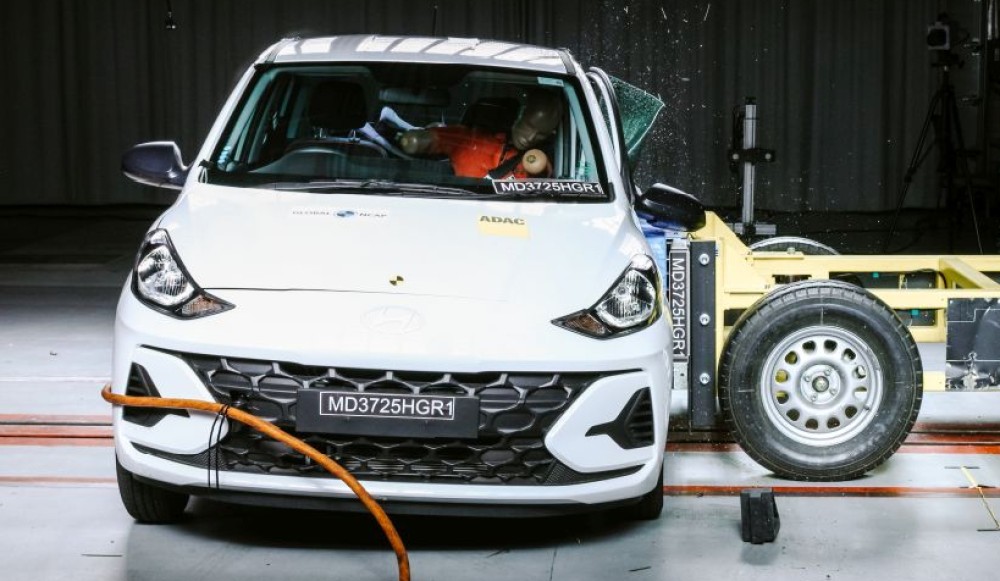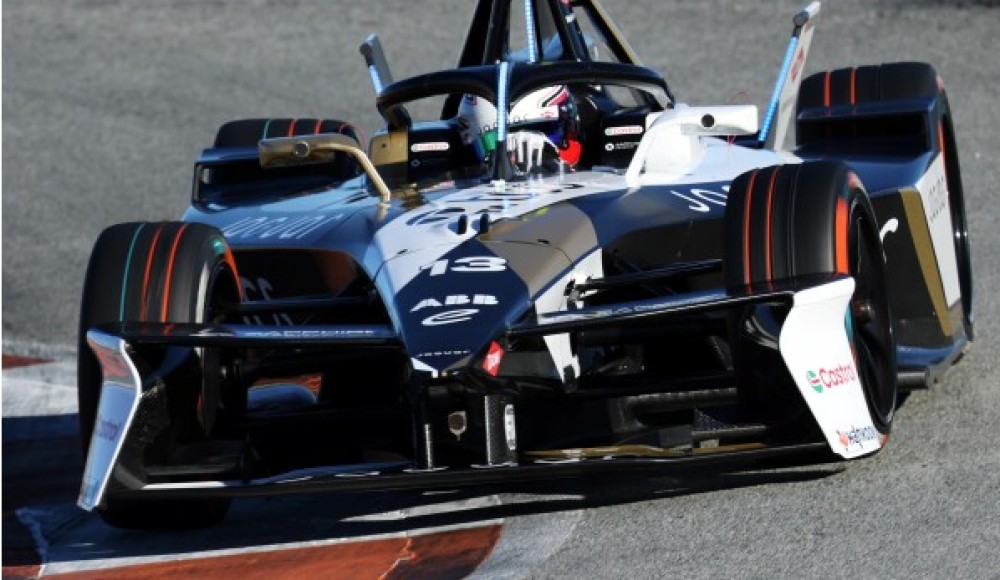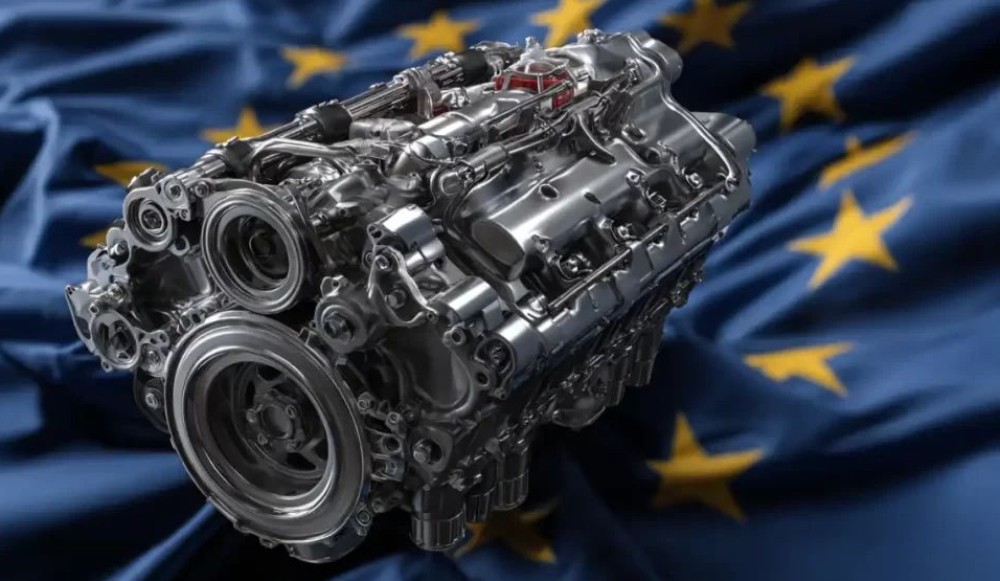
There is no doubt that Toyota and Suzuki are leading players in the value-oriented market segments in South Africa, but some buyers may be confused about the relationship between these two brands. We explore Toyota’s history of collaboration with other manufacturers to cast some light on this partnership.
Public perception is a powerful thing, and it becomes even more potent when combined with brand loyalty. Nowhere is this statement demonstrated more eloquently than in the South African history of the Suzuki Baleno and its rebranded sibling, the Toyota Starlet.

Launched locally in 2016, the original Baleno compact hatchback was met with instant critical acclaim but always struggled to gain traction in the marketplace. After all, why would buyers choose a hatchback from (then up-and-coming but now firmly established) Suzuki when Toyota and Volkswagen had comparable products with greater brand equity?
But then the tables turned in 2020, when the Baleno received a new name and appeared in Toyota dealerships with a badge that read “Starlet”. Sales immediately skyrocketed, instantly pulling sales volumes literally 20 times higher than the Baleno could manage. By October of 2020, local Toyota Starlet sales passed 1 000 units per month, while the mechanically identical Baleno still hovered around the 50-unit level.
The same applied to the Suzuki Vitara Brezza, which appeared as the Toyota Urban Cruiser in 2021, and the Suzuki Celerio, which is also sold as the Toyota Vitz.
Looking for a new or used Suzuki Baleno? Get your dream wheels here on CHANGECARS!

Find a new or used Toyota Urban Cruiser in this nice selection on CHANGECARS.
Things have evened out slightly in 2023, however, with Baleno sales gradually creeping up to around 40% of Starlet volumes, and their combined sales figures are slowly eroding the Polo Vivo’s dominance. The only Suzuki model to consistently outsell its Toyota counterpart is the Ertiga MPV and XL6 siblings, but those compete in a niche market where Suzuki had already established themselves as the class leaders.
The Suzuki-Toyota link goes even further than most local observers know, because the Suzuki Ciaz is sold as the Toyota Belta in the rest of Africa - and if any car can maintain Toyota’s reputation in such harsh conditions, it has to be a sturdy car indeed. This "Toyota" isn't sold in South Africa, because Toyota SA already builds the Corolla Quest here for local buyers.

As a result of this sales success, it is perhaps understandable that many members of the car-buying public are starting to see these Suzuki originals as rebranded Toyotas, only with different dealerships and names. To dispel this myth, we decided to explore the relationship between Toyota and Suzuki, and the origins of their shared models.
Toyota and Suzuki are independent of each other
Right off the bat, it must be noted that Toyota and Suzuki are separate companies. Toyota Motor Corporation does own 4.94% of Suzuki and Suzuki Motor Corporation owns 0.2% of Toyota Motor Corporation, but this cross-ownership has no impact on the operations of either company. They each have their own boards of directors, senior executives, research- and development departments, production facilities and sales networks, and there is no overlap between them at the managerial level at all.
Consequently, the products developed in-house by each company have nothing in common, apart from some stand-alone components such as automatic transmissions, which are supplied to both (and to numerous other OEMs) by a Toyota Group subsidiary named Aisin. For the rest, both companies follow their own directions and philosophies.

Their platforms are developed by the brands themselves, and Suzuki only recently started offering a Toyota drivetrain in one of their models - the Indian-market Grand Vitara marketed as the “Intelligent Electric Hybrid”, which is very different to the Suzuki-engined Grand Vitara 1.5 GLX (mild) Hybrid we receive.
The Baleno and its descendants
While Toyota also offered a uniquely-Toyota 1.5-litre, 4-cylinder petrol engine in South Africa until very recently, this mill stems from Toyota’s own “NR” engine range, which is now being superseded by Toyota’s new “Dynamic Force” family. The “M15D-FXE” available in the Indian Grand Vitara Hybrid is derived from this development, but it is the only Toyota engine featured in any Suzuki at the moment.

Apart from similar displacements, matching cylinder- and valve counts and the fact that they both feature variable valve timing, the Suzuki “K” engine has nothing in common with the Toyota NR family. It has been around in some form since 1994 - decades before Suzuki and Toyota even batted eyelashes in each other’s directions. In other words, asserting that the Suzuki 1.5-litre is built with Toyota’s help is plainly untrue.
The same goes for the Baleno and Starlet’s platform, which is based upon Suzuki’s in-house HEARTECT architecture. This platform dates from 2014 and underpins most current Suzuki models, with the exception of the Grand Vitara, which is derived from the same platform as the Vitara, Brezza, Ciaz sedan, and S-Cross/SX4 (the latter of which was discontinued in South Africa soon after the Vitara arrived in 2015).

Toyota asked for Suzuki’s hand, and the honeymoon is going great
Toyota gained access to these vehicles thanks to a memorandum of understanding signed in 2017 and formally announced in 2019. Both partners sought this arrangement to augment their respective strengths and ameliorate weaknesses: Toyota needed Suzuki’s expertise in building smaller vehicles up to a very high standard at reasonable prices, and Suzuki desired access to Toyota’s experience in vehicle electrification.
This wasn’t the first time that Toyota teamed up with other manufacturers to capitalise on external strengths, either. Their recent links with Subaru to create the 86, and with BMW to create the new Supra, immediately come to mind, but they have collaborated with General Motors in the past, and also sold the Mazda2 as a Toyota Yaris in North America. In return, Mazda sells the (real Toyota) Yaris hybrid as a Mazda2 in Europe.

Toyota builds some Suzukis for Suzuki (and themselves)
Thanks to the sales success of the first-generation Toyota Urban Cruiser (a rebadged Vitara Brezza), Toyota decided to expand their presence in the affordable compact SUV arena with a new model. Badged the “Urban Cruiser Hyryder”, we receive this model as the second-generation Urban Cruiser as well as the Suzuki Grand Vitara.
This newcomer is based on a Suzuki platform and features only Suzuki engines (apart from the Indian hybrid variant), but, due to strong demand for their other models, Suzuki didn’t have the production capacity to built enough Grand Vitaras (or, as I like to call them, Suzuyota Grand Cruisers) for both brands.
Fortunately, Toyota had recently ceased production of the Etios at their Toyota Kirloskar facility in Karnataka, India, which left them with the spare capacity to built up to 310 000 units annually. A deal was struck for Toyota to take up assembly of the new Grand Cruisers at this plant, which led to the odd situation where one of Suzuki’s own designs, with Suzuki hardware, are made for world markets by a competing manufacturer outside Japan.

The Toyota-Suzuki link is an endorsement
Toyota’s products have earned their reputation for durability and reliability over many decades. This reputation is incredibly important for Toyota, and will be protected at all costs. Consequently, the fact that they are willing to endorse various Suzuki products by selling them under their own name speaks volumes for the quality of those Suzukis.
Having Toyota build one of its world-market products in a Toyota factory is likewise indicative of the standard of engineering and quality maintained by Suzuki itself. The buying public loves Toyota, and if that is the detour needed to introduce more motorists to Suzuki’s products, it’s worth more than the largest marketing budget out there.
Martin Pretorius
- Proudly ALL THINGS MOTORING
Find your dream Suzuki or Toyota in these listings on CHANGECARS.


